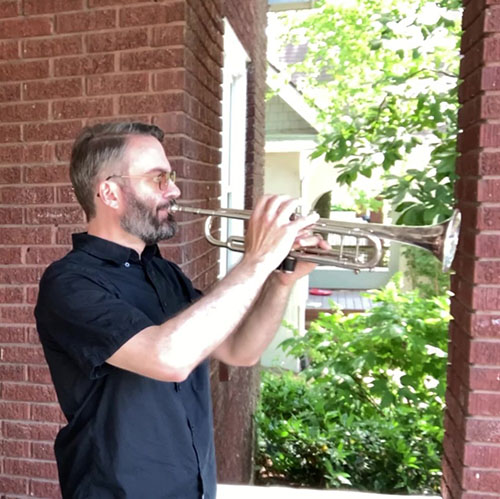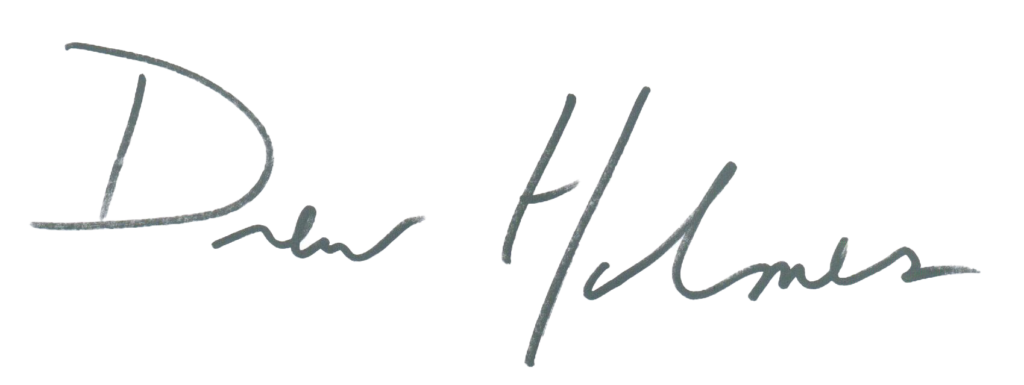National Moment of Remembrance 2021

The National Moment of Remembrance is an annual event that asks Americans, wherever they are at 3:00 p.m. local time on Memorial Day, to pause for a duration of one minute to remember those who have died in military service to the United States.
The time 3 p.m. was chosen because it is the time when most Americans are enjoying time off from work for the national holiday. The Moment was first proclaimed in May 2000 for Memorial Day that year, and was put in law by the United States Congress in December 2000.
This was Drew’s contribution for 2021.
Theory
In short, it’s not about me. This is an event to honor those who paid the ultimate price and anything that takes away from that focus should be avoided. To that end, I still wanted to create visual interest with a multi-camera shoot and, of course, great sound quality.
Gear
My usual go-to setup for shooting outside the studio, of course, of the R0DE Wireless Go II and iPhone (x2). This was simplified further by the lack of voiceover or other audio. Since it was a purely musical experience, no lavaliere microphones were needed, just the R0DE transmitters.
Process
Recording went as well as expected for an outdoor live shoot. Ambient noise and missed notes are okay in this case, because perfection is not the point.
I decided to record the audio directly into one of the iPhones and set up the transmitters at two different distances in front of me in the hopes of getting a good stereo recording. Unfortunately the near one was too hot and kept redlining. No problem. I exported the good track into Audacity and did a little trick I’ve picked up to mimic stereo. What you do is duplicate the mono track onto another mono track, pan one track all the way left and the other all the way right, and then shift one track over about half a tenth of a second. This difference in hearing the source will trick your brain into hearing it in stereo, even if it was originally mono.
After that I dumped the edited audio into Shotcut and synched it with the two video tracks. Since I was using the separate audio track and nothing from the videos, I made sure to add a mute filter to both.
From an artistic standpoint, I wanted to keep the focus on the meaning of the event and not me. So I did the opposite of what I like to do with these videos and started with the close shot of me and did a long cross fade into the wide shot. The simplicity kept interest in the content while not detracting from the underlying message.
End Result
See for yourself! It accomplished what I was trying to do simply and effectively. I hope you enjoyed the video and this breakdown of the theory, gear, and process that went in to making it. If you have feedback, please leave a comment! And if we can help you to make a video like this or anything else, contact us and we’ll see what solutions we can come up with together.


Leave a Comment